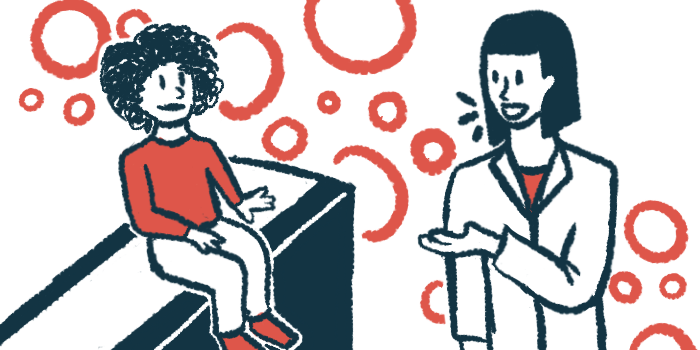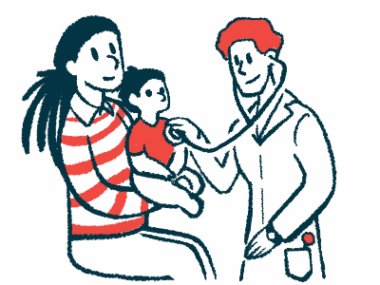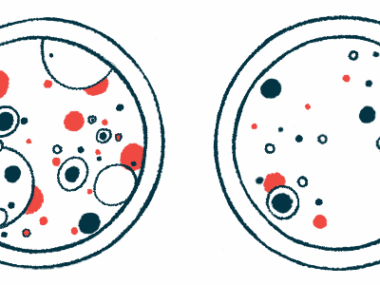CF children want active participation in CT scans: Study
Interviews reveal concerns about pain, duration of procedures
Written by |

Children and adolescents with cystic fibrosis (CF) interviewed for a study expressed a desire for active participation in the hospital setting and during CT scans, and wanted greater involvement during longer, more painful procedures.
“It’s a fair right to have, after all, [children and adolescents are] the ones [it] concerns,” said a 12-year-old CF patient who participated in the study.
The study’s findings “demonstrate that nearly all children and adolescents desire to participate in the hospital and during CT scans, which emphasizes the importance of allowing them to participate in decisions regarding their health,” the researchers wrote. The study, “Children and adolescents’ experiences of active participation in radiological examinations – a qualitative study,” was published in Radiography.
CF is caused by mutations in the CTFR gene that result in the production of abnormally thick, sticky mucus. This mucus builds up in various organs, including the lungs, leading to respiratory symptoms. Children with CF are often diagnosed in the first few months of life and require repeated imaging through methods like CT scans throughout childhood.
A CT scan uses a series of X-rays taken from multiple angles to build a three-dimensional image of the body. CT scans are considered to be the gold standard for identifying structural damage to the lungs caused by inflammation. CT scans can also be used to help monitor the clinical status of people with CF, or to measure the effectiveness of treatments.
Understanding patient perspective
“Given the lifelong radiological monitoring required for CF patients, understanding the patient perspective within this group is essential,” the researchers from Denmark wrote.
According to the United Nations Convention on the Rights of the Child, children and adolescents have the right to participate and make informed decisions about their health.
“Healthcare services should consider the preferences of children and adolescents, and healthcare professionals in hospitals should take responsibility for ensuring these rights,” the researchers wrote.
They observed 10 children during a high-resolution lung CT exam that required the patient to lie perfectly still. They then interviewed the participants about their experiences. Participants’ ages ranged from 4 to 16, and each had undergone an average of three scans.
Results showed that humor and an affirming approach by the radiographer promoted relaxation in anxious pediatric CF patients. “It feels like so much more fun, then I won’t have to worry,” said a 13-year-old patient said.
The degree to which the children and adolescents actively participated in their CT scans varied. Active participation involved activities including choosing the scanner’s light color, wanting to see the scanned image afterward, and receiving a high-five to recognize their participation. One child expressed a preference to keep clothes and shoes on and determine their position on the exam table.
Children said they wanted to have a say over aspects of procedures such as breaks and anasthetic cream, particularly during long, painful examinations. “Examination time and pain impact matter,” the scientists wrote.
The results show “the critical importance of listening to children and adolescents and considering examination duration and pain perception in radiological investigations and treatments,” the researchers wrote.
Overall, children expressed a general desire for active participation in decision-making with regard to the conduct of examination, informational materials, and the choice of rewards, the study found. However, they had limited interest in participating in decisions about treatment, expressing that they felt they knew less than doctors.







